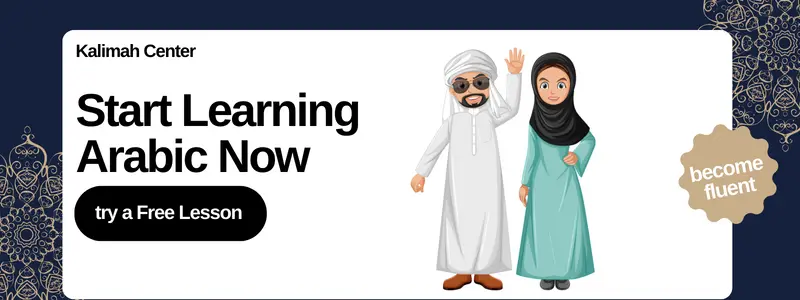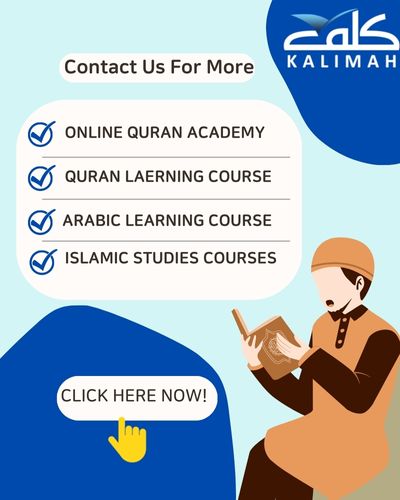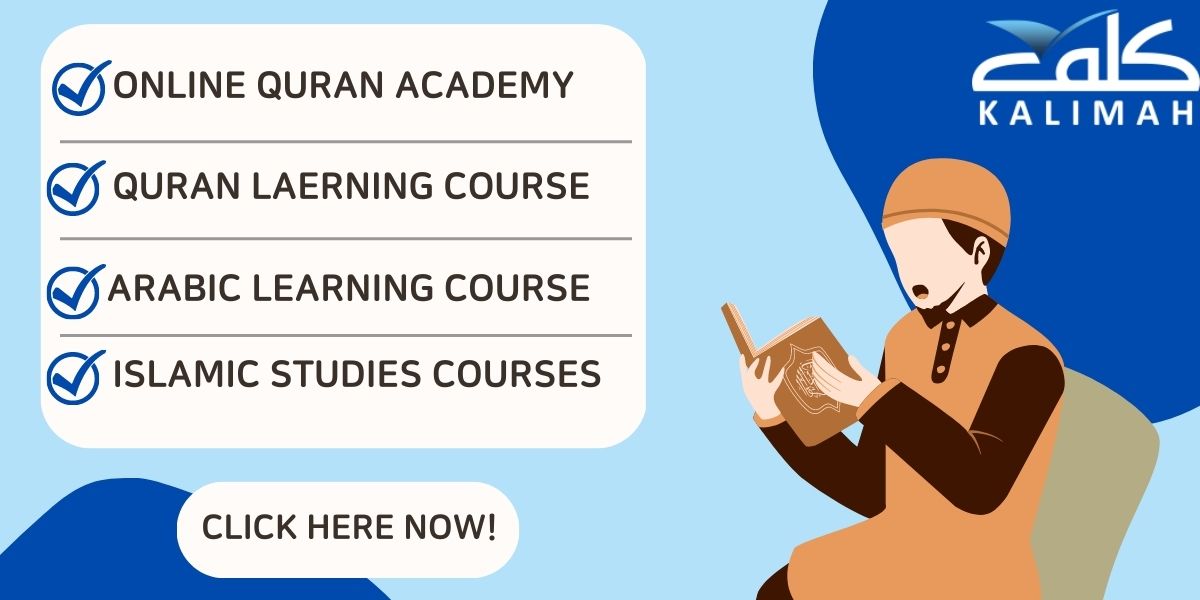The Arabic language, with its rich history and cultural significance, has played a pivotal role in shaping language development, art, literature, music, and culture.
Arabic is one of the fastest-growing languages across the internet, and its popularity is leading to an upsurge in people jumping on board to learn how to write and speak it fluently.
It’s also one of the six official languages of the United Nations, it is the fifth most-spoken language in the world and there are more than 300 million Arabic speakers in the world.
What Is The Arabic Language Famous For?
The Arabic language possesses distinctive characteristics that contribute to its texture and appeal.
As one of the most widely spoken languages globally, Arabic has developed its own unique personality.
Arabic stands out for being one of the ancient Semitic languages that has been safeguarded and preserved over the centuries.
This preservation has allowed it to remain a significant ancestor of modern Semitic languages. Despite its quirks. Arabic is renowned for its melodious and visually captivating qualities, making it a truly captivating language.
The Arabic language has several features that make it unique, such as its lack of capital letters, right-to-left writing style, and influence on other languages.
Additionally, there are many beautiful poems and literature written in this language as well as its use in international business.
Why Is Arabic The Richest Language?
Its enormous reach and influence on other languages is evident, but, is Arabic the richest language in words? Arabic might be considered the richest language in words based on its complexity.
On average, a single written word in Arabic has three meanings, seven pronunciations, and 12 interpretations.
The Arabic Language is rich in conveying meanings of a phrase, and one word described in many styles of articulation, meaning, and definition. For instance, for the word ‘love,’ there are at least 11 words and hundreds for ‘camel.’
That shows the astonishing depth and versatility of the Arabic language, but the main reason it may be the richest language is this:
The majority of people are probably unaware that countless words stem from Arabic and are often found in Latin, Spanish, Italian, Greek, German, and other languages before making their way into English.
It is for that reason that Arabic is regarded by some as ‘the mother of all languages.’
What Are Some Interesting Facts About The Arabic Alphabet?
Arabic is written and read from right to left and there is no distinction between upper- and lowercase letters, though the shapes of letters usually vary depending on whether they are in an initial, medial, or final position in a word.
Punctuation marks were not adopted until the twentieth century. Short vowels, represented by a set of marks below or above the letters, aid in the pronunciation of a word—these are usually only written in the Qur’an, where correct recitation is important, and in texts for novice readers.
The Arabic alphabet consists of eighteen shapes that express twenty-eight phonetic sounds with the help of diacritical marks.
The same letter shape can form a “b” sound when one dot is placed below (ب), a “t” sound when two dots are placed above (ت), or a “th” sound when three dots are added above (ث). etc.
Then we come to the most important question on your mind:

What Are The Arabic Language Facts?
You might know countries where it’s spoken, or perhaps you’ll have an idea of how different written Arabic looks to the Latin alphabet.
But we’re betting there’s several facts in this list that will surprise you!
Let’s find out!
Here are 24 interesting facts (12 facts in general and 12 formal and structural aspects facts) about the Arabic language if you haven’t thought of learning Arabic, may make you want to:
12 Facts About The Arabic Language In General
The Arabic language comes with many facts in general, including its nature, it is historical, and what is religious.
Below we will review the most important of them.
1. Arabic Is A Semitic Language
Just like Hebrew, Maltese, Amharic, and Tigrinya, Arabic is a Semitic language.
The term ‘Semitic’ was created by members of the Göttingen School of History in the late 1700s to define languages closely related to Arabic, Hebrew, and Aramaic.
2. It’s One Of The Oldest Languages In The World
Arabic is thought to be one of the oldest languages in the world and it is most closely related to Hebrew and Aramaic, and it is believed that Arabic began to diverge from these other languages around the time of the Islamic conquests in the 7th century.
Arabic has played an important role in the development of many other languages, particularly in the fields of science and religion.
On a broader scale, the Semitic languages are part of the Afroasiatic language family.
3. Official Language In 22 Countries
Arabic is the official language in at least 22 countries today, Sources vary on the exact number of Arabic-speaking countries.
It often jumps that number up to 26, depending on whether they include countries where Arabic is a co-official language along with another, such as Israel.
4. Almost 420 Million Speakers And Growing Fast
Arabic including Modern Standard (sometimes called Classical) plus a range of colloquial dialects- is spoken by millions of people around the world today.
Estimates range anywhere between approximately 300 to 420 million total, including native and non-native speakers.
Arabic became one of the six official languages of the United Nations (UN) in 1973.
5. The Divine Language Of The Quran
Arabic holds a sacred place in the hearts of over a billion Muslims worldwide as the language of the Quran.
Revealed to the Prophet Muhammad, this holy book is considered the verbatim word of God, highlighting the language’s unmatched eloquence and profound depth.
6. Modern Standard Arabic And Local Dialects
There are two varieties of Arabic:
MSA and Local Dialects belonging to each country and region and
It is studied at school, appears in literature and the media.
Many people recommend studying MSA in the first place because it will establish the basis upon which to learn local dialects.
7. Preserved By Faith And Mohammed Is The Most Common Name Worldwide
The significance of the Quran in Islamic teachings ensures that Arabic remains a pivotal language for millions.
This religious connection means countless individuals strive to learn and impart Arabic knowledge.
As the Qur’an said:
It is certainly We Who have revealed the Reminder, and it is certainly We Who will preserve it. (Quran 15:9)
It is estimated that more than 150 million people are called Mohammed. The name derives from the name of the prophet of Islam: Muhammad.
So don’t be surprised if when visiting an Arabic country you make a friend called Mohammed!
8. There Are Different Dialects
Although Modern Standard Arabic is the official language of most countries, there are over 30 different dialects spoken in the Arab world.
These dialects differ in grammar, syntax, and pronunciation between regions.
Different Arabic dialects can be found throughout the Arab world.
While there are some similarities between them, each dialect has its own unique features.
9. Egyptian Arabic Is The Most Spoken Colloquial Variety Of Arabic
Egyptian Arabic, which is also known as Colloquial Egyptian or Masri, is spoken by Tens of millionspeople in Egypt.
Egyptian films and TV are widely distributed throughout the Arabic-speaking world, so it is also one of the most understood varieties of Arabic outside of the country.
10. The Arabic Alphabet Is Used To Write A Lot Of Different Languages
The Arabic alphabet is also used to write Persian, Malay (Jawi), Uyghur, Kurdish, Punjabi (Shahmukhi), Sindhi, Pashto, Urdu, and Somali, as well as a few other languages.
Until 1928, it was also used to write Turkish. Now, Turkish uses a modified version of the Latin alphabet.
11. English Borrows Words From Arabic.
Plenty of languages borrow from English, but English has also borrowed many words from Arabic.
Many traveled through Greek, Latin, and other languages before reaching English. Here are some very short examples:
coffee – from Arabic قَهْوَة (qahwa), meaning ‘coffee, a brew’. Came to English through Ottoman Turkish قهوه (kahve, ‘coffee’) and Italian caffè (‘coffee’).
ghoul – from Arabic غُول (ḡūl), meaning ‘ghoul, desert demon, jinn’. Came to English via the Persian غول (ğul) and“cotton,” “algebra,” and “safari”.
12. Arabic Is Good For The Brain
According to a 2010 study, reading Arabic utilizes and activates both the right and left hemispheres in the brain simultaneously.
In turn, this makes the brain work harder and may increase cognitive and perceptive skills in other words, Arabic is good for preserving the brain
healthy, especially as you age.
Read more about Is Arabic Hard to learn?
12 Facts About The Arabic Language From Both Formal And Structural Aspects
The Arabic language is a fascinating and rich language and it has many unique characteristics.
Here are 12 amazing facts about the formal and structural aspects of Arabic language
1. It Uses Its Own Alphabet (Abjad)
Arabic also has its own alphabet, called the abjad script and its script consists of 28 characters and is used for both writing and reading in Arabic.
2. It’s Written from Right to Left
An interesting fact about Arabic is that it’s written from right to left. This is unlike English which is written from left to right.
3. There Are No Capital Letters
Unlike English, Arabic does not have any capital letters.
Instead, the length of the word is used to distinguish between words that are written in all lowercase.
4. There Is No Verb ‘to Be’ In Arabic
When you’re saying a simple positive sentence in the present tense, then in Arabic, you wouldn’t say the verb ‘to be’.
For example, in Arabic, ‘I am the teacher’ would be ‘I the teacher’.
5. Arabic Contains Only 3 Vowel Sounds
The Arabic language only contains 3 vowels in its 28 consonant letter make-up.
Yet, it’s not actually that simple. Each of these three vowels has five variations and appears only as symbols are written either downwards or upwards and surrounded by consonant letters.
6. Consonants Are Always The Starting Point For Words In The Arabic Language
One of the intriguing aspects of the Arabic language is its peculiar word structure, where words consistently start with a consonant followed by a vowel.
This construction diverges from many English words (as well as other Semitic languages) that can have consecutive consonants, occasionally including silent letters.
7. Arabic Is Written Entirely In Script
Arabic is written entirely in the script, that is, a distinct connected format that English speakers might compare to cursive.
This makes it one of the most visually distinctive written languages on the planet.
8. Equality In Script
Arabic script treats every letter with equal importance, regardless of its position in a word or sentence.
This means there are no capitalized letters or abbreviations, differing greatly from languages like English.
9. Distinctive Punctuation Marks
Arabic’s unique punctuation system, with its commas and inverted question marks, offers a refreshing touch for learners familiar with the English system
10. The Story Of The Camel
As a testament to the richness of the language, Arabic contains more than 100 words that refer to just “camel,” each of which depicts a different condition or trait of the desert dweller and there are Over 24 Different Words for “Love”.
11. Geometry Meets Linguistics
Arabic showcases a fascinating blend of language and geometry.
Each letter can be traced back to a geometric shape, predominantly triangles, highlighting the culture’s emphasis on balance.
12. The Cursive Charm
Arabic, with its flowing cursive script, is a sight to behold.
Each letter changes its shape based on its position in a word, creating a harmonious blend of art and communication.
Do You Want To Learn Arabic?
Interested in learning Arabic? Whether in the USA, UK or Russia, or any place in the world in “Kalimah” we can help you.
Book Your Free Trial Lesson Now
With the International Center, which has been teaching the Arabic language for more than 13 years.
What Type Of Arabic Should You Learn?
Before deciding which Arabic language dialect you should learn first, consider your personal goals and preferences.
Some students may want to be able to read and understand the Quran, while some may want to watch Arabic media and be able to converse with locals while traveling.
Both of these goals would call for a different dialect of Arabic.
If you prefer a certain Arabic dialect, choosing to learn it first can help you stay motivated throughout the process.
Having a passion for the language or dialect you’re learning can help you stay on track with your goals.
Our Advice To You In This Regard
Modern Standard Arabic (MSA) is the best version of Arabic for good and continuous learning and can be understood at a basic level by all Arabic speakers.
Learning Modern Standard Arabic is a great place to start for everyone who wants to learn Arabic, regardless of whether their primary goal is understanding the Quran or o wanting to speak a particular dialect.
It will serve as a foundational stone to continue the journey and it will make it much easier to pick up one or several dialects.
It will also allow you to understand and express yourself in different parts of the world, something that won’t happen with many dialects.
Furthermore, it’s the language of television, newspapers, universities, books, store signs, etc.
Even if you want to learn a particular dialect we still recommend starting learning Modern Standard Arabic and then moving on to a particular dialect.
Unlock Your Potential in Arabic and Quran with Kalimah Center!
Ready to deepen your connection with the Quran and enhance your understanding of Arabic? Join Kalimah Center today and embark on a transformative journey of learning and growth! Our professional, handpicked Online Arabic and Quran Tutors are dedicated to helping you master these essential skills with ease and expertise.
📚 Explore Our Courses:
Online Arabic Course: Tailored to your level, our comprehensive Arabic program includes 16 teaching levels and 400+ hours of personalized sessions.
Online Quran With Tajweed Course: Perfect for non-Arabic speakers, our course spans 13 levels and equips you with Tajweed mastery from beginner to advanced.
Online Arabic Course For Kids: Nurture your child’s love for Arabic with our engaging and structured program, available in 24 levels for primary, intermediate, and secondary stages.
🚀 Start Your Free Trial Today! 🚀
Don’t miss out on this life-changing opportunity to deepen your faith and knowledge. Sign up now for your free trial and take the first step towards becoming a better practicing Muslim with Kalimah Center!
Conclusion
The Arabic language is not just a medium of communication but a vast ocean of history, culture, and unparalleled linguistic intricacies.
Whether you are seeking to understand the profound teachings of the Quran or aiming to immerse yourself in the rich tapestry of Arab culture, this language holds treasures waiting to be unveiled.
If your interest is piqued and you wish to delve deeper, we’re here to guide you on your linguistic journey.














